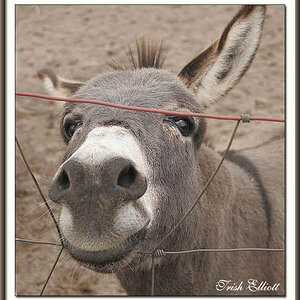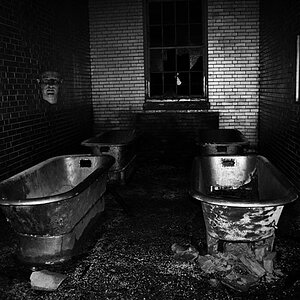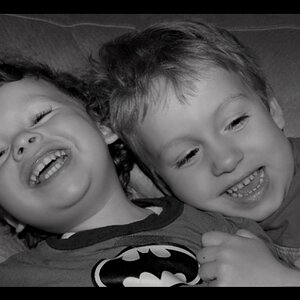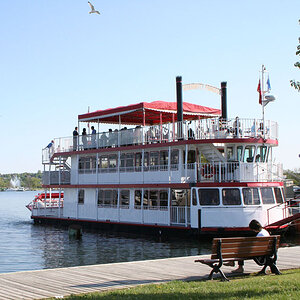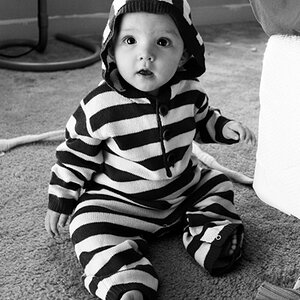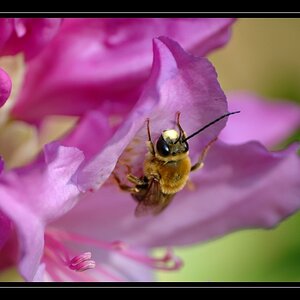dandaluzphotography
TPF Noob!
- Joined
- Nov 26, 2010
- Messages
- 670
- Reaction score
- 21
- Location
- NJ
- Can others edit my Photos
- Photos OK to edit
Hi Guys,
I'm tried to get a panoramic shot of NYC from Weehawken, NJ using 5 different images and stitching them together using CS5 and it didn't work out.
I've been reading some stuff about the nodal point and I understand the nodal point comes into effect for nearby objects, but does it matter if I am shooting a cityscape from some distance away?
Another question I have is about the tripod head I am using. I have a Manfrotto pistol grip. Jumping ahead a little bit, when I stitched the images together (it was 5 of them) I noticed the buildings were crooked and so was the shoreline. I tried using all the different options CS5 provides for this but all came out the same. When I examined each image individually, I noticed none of the pictures was particularly straight and that's probably why the buildings were crooked. I thought the stitching software would line these up but I guess that's not the case.
Anyway, my plan is to try this again, this time using a point of reference on the cityscape to keep the camera leveled through all five images. Do you guys think this would work? I don't have a panoramic head for the nodal point, but I might not need that based on how far I will be taking the pic from.
Any help would be appreciated.
Thanks,
Danny
I'm tried to get a panoramic shot of NYC from Weehawken, NJ using 5 different images and stitching them together using CS5 and it didn't work out.
I've been reading some stuff about the nodal point and I understand the nodal point comes into effect for nearby objects, but does it matter if I am shooting a cityscape from some distance away?
Another question I have is about the tripod head I am using. I have a Manfrotto pistol grip. Jumping ahead a little bit, when I stitched the images together (it was 5 of them) I noticed the buildings were crooked and so was the shoreline. I tried using all the different options CS5 provides for this but all came out the same. When I examined each image individually, I noticed none of the pictures was particularly straight and that's probably why the buildings were crooked. I thought the stitching software would line these up but I guess that's not the case.
Anyway, my plan is to try this again, this time using a point of reference on the cityscape to keep the camera leveled through all five images. Do you guys think this would work? I don't have a panoramic head for the nodal point, but I might not need that based on how far I will be taking the pic from.
Any help would be appreciated.
Thanks,
Danny




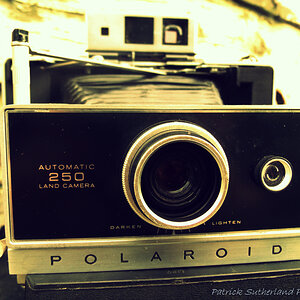
![[No title]](/data/xfmg/thumbnail/39/39443-45e1b162b6c7c1d8ebbc8faf5623b705.jpg?1619739034)
![[No title]](/data/xfmg/thumbnail/36/36300-760519cb9a8ebbfc57cc3d1fda5dd37c.jpg?1619737494)
